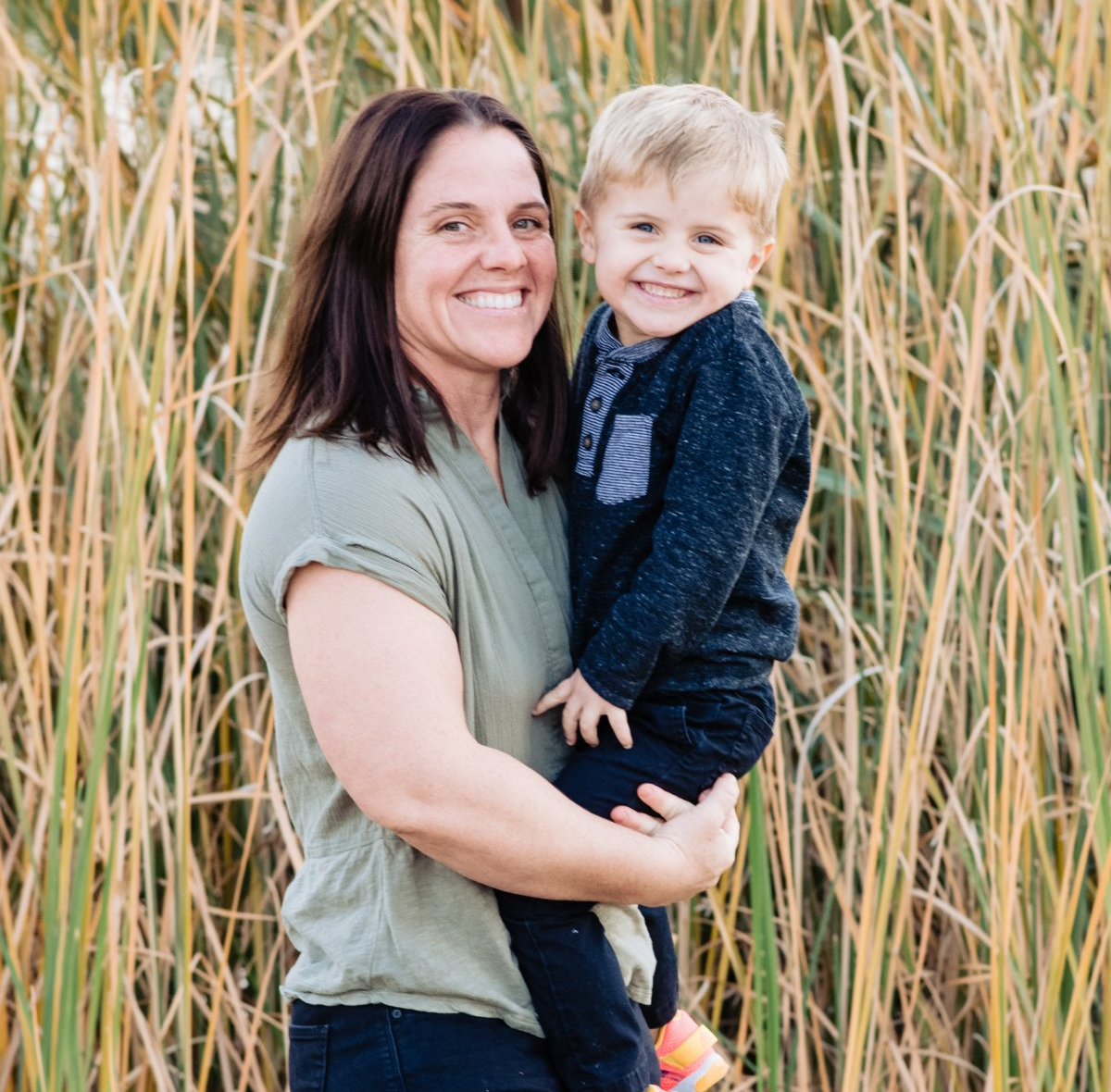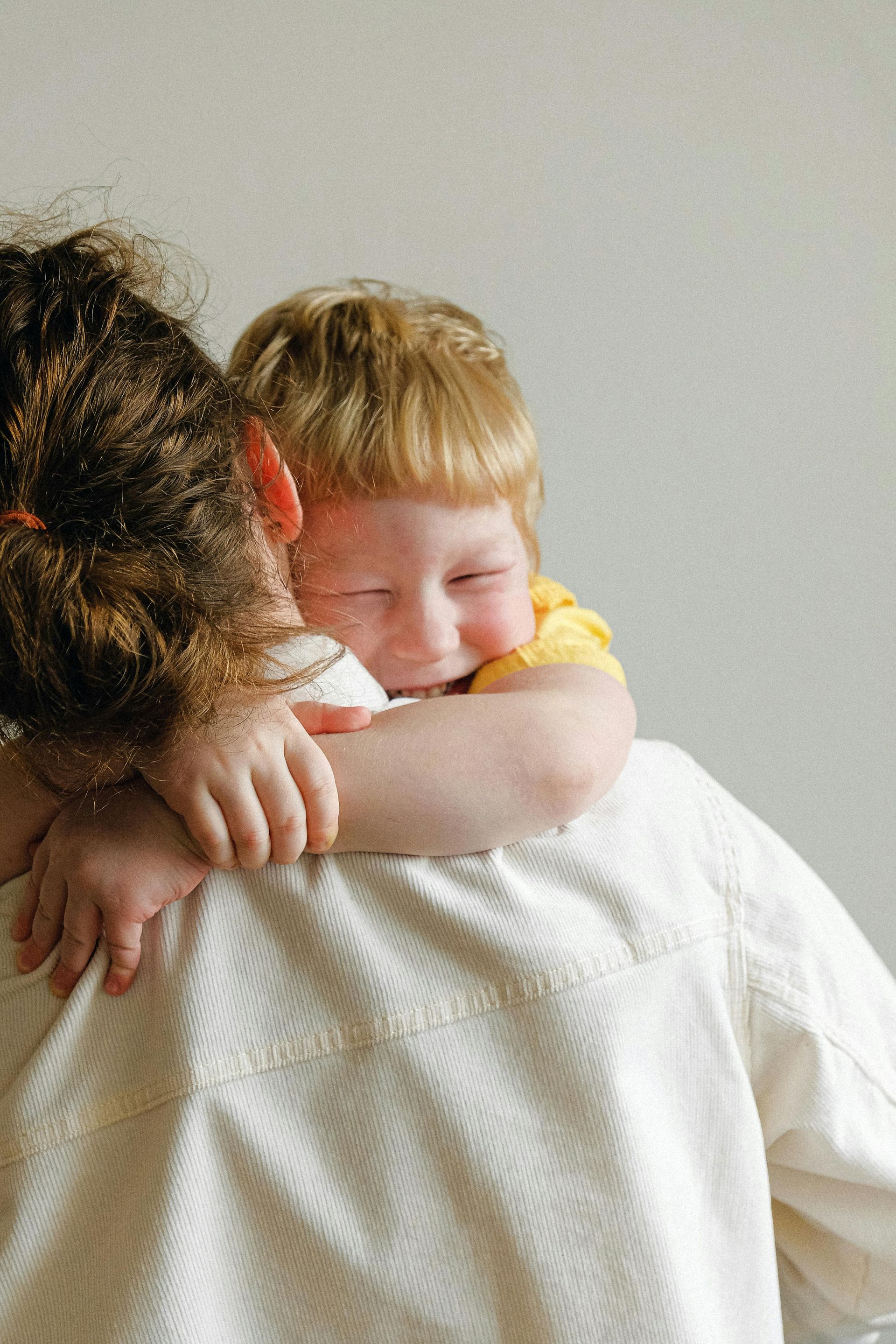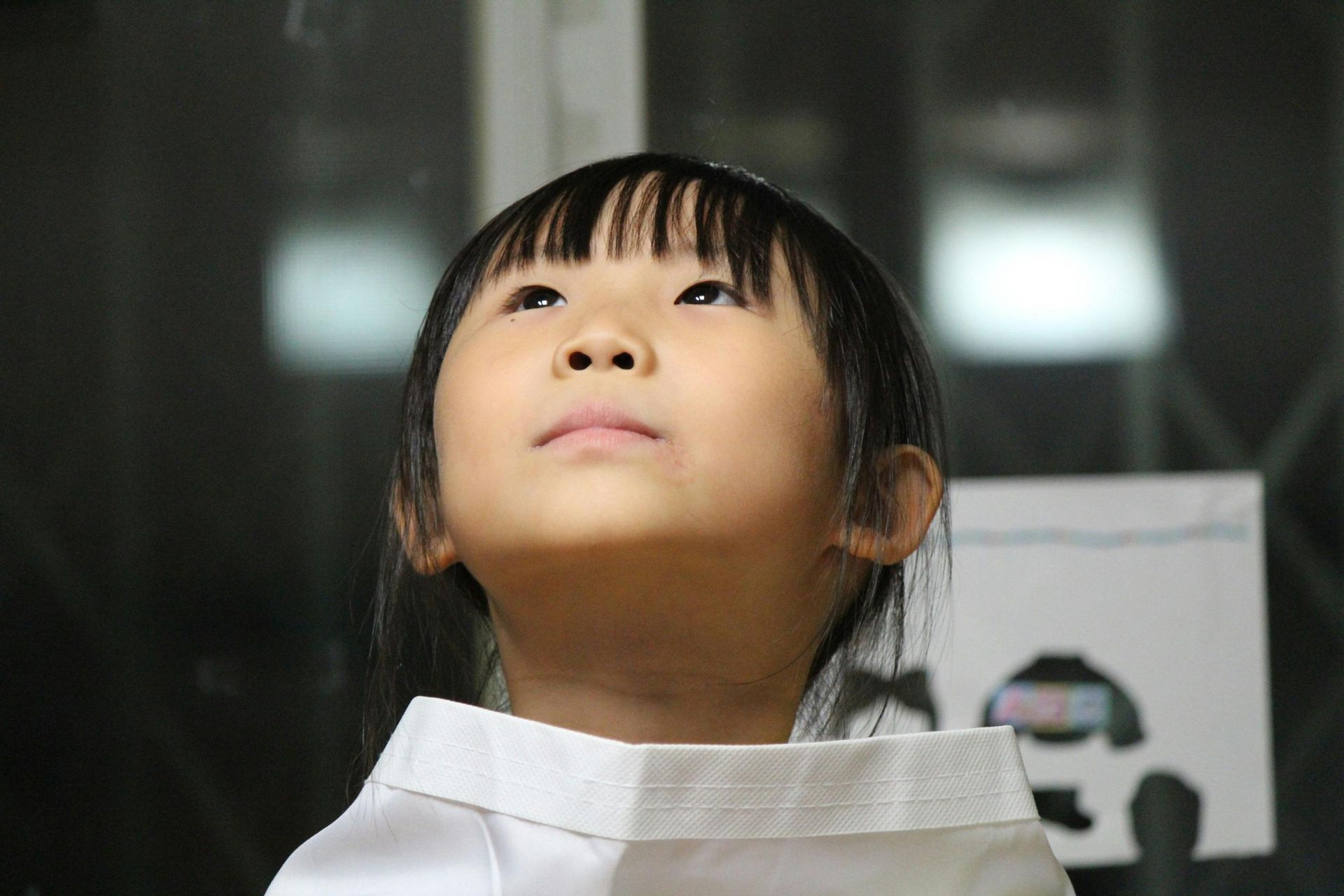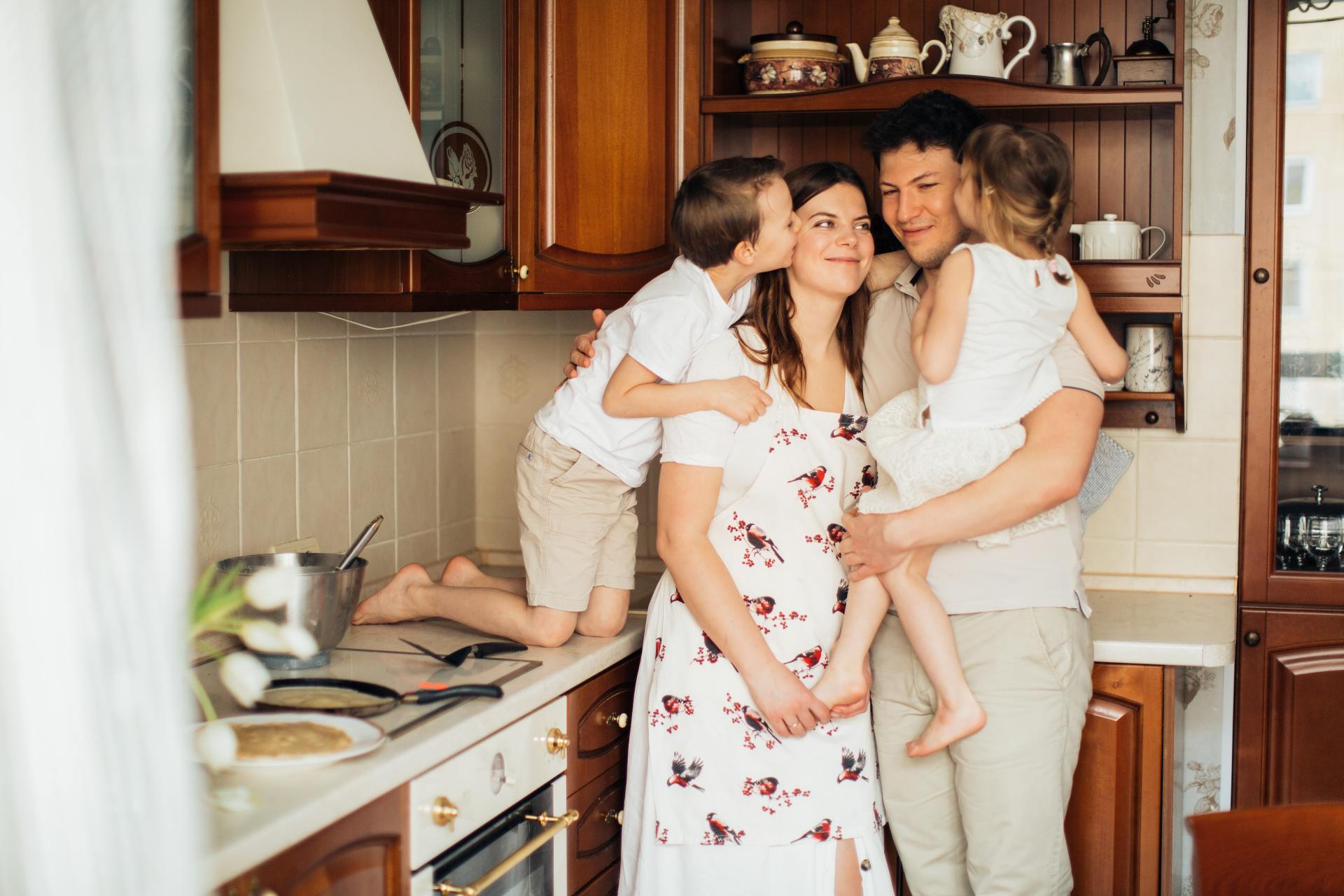THROUGH US, NOT FROM US
Your Child Doesn’t Belong To You, They Belong To Themselves

Many of us were raised with the belief that children owe something to their parents. Parents often expected children to think the same way, believe the same things, and follow similar life paths. Approval was tied to how much the child reflected the parent’s identity or fulfilled the parent’s unspoken dreams. When this happens, children learn that their authenticity is something to manage or perform. They may hide their thoughts or silence their preferences to keep the parent comfortable.
This creates pressure for the child and strain for the parent. Both remain stuck in a cycle where sameness is mistaken for closeness, and differences are misunderstood as disrespect.
The Shift
The shift is recognizing that children owe us nothing. They came through us, not from us. They do not belong to us. They belong to themselves.
A child is under no obligation to adopt our worldview, share our beliefs, or build a life that mirrors the path we would choose. They are not required to hold our values, pursue the career we prefer, choose the romantic partner we approve of, or follow traditions that do not fit who they are becoming. They are not responsible for protecting us from our fears or validating the sacrifices we have made.
Their life belongs to them. Their identity, preferences, and decisions are theirs to discover.
This shift does not remove the parent’s leadership. It simply removes the idea of ownership. Our role is to guide, protect, teach, support, and lead with clarity. It is not to determine who our child must become.
Why This Matters
When children feel free to explore who they are without pressure to match the parent’s expectations, they develop stronger self-trust, confidence, and emotional resilience. They experience connection that is based on authenticity rather than performance. Parents and children both become more open, more curious, and more honest with one another.
Understanding that children belong to themselves also reduces conflict. Differences in opinions, beliefs, or choices stop feeling threatening to the relationship. Instead of interpreting independence as rebellion, the parent sees it as growth.
This shift helps parents view their child clearly, without the filter of fear or the desire for sameness. It also helps children feel seen, respected, and accepted as individuals.
How This Shows Up In Daily Life
This shift appears in small, everyday interactions. It looks like listening without jumping in to persuade. It looks like supporting exploration instead of correcting every idea. It looks like accepting that your child may think differently without assuming something is wrong.
It is heard when a parent says things like:
- "Tell me more about how you see it."
- "I want to understand why that matters to you."
- "You do not have to think like me for me to stay connected to you."
- "I may see it differently, and we can still be close."
It is seen when a parent holds boundaries without tying those boundaries to agenda, pressure, or emotional debt. It is felt when a child knows they are not required to match the parent’s opinions or choices in order to remain loved and supported.
Real Life Examples
Education choices: A parent wants their child to attend a four year university. The child wants trade school or a creative path. The old pattern interprets this as irresponsibility. The shift recognizes the child’s strengths and interests and supports responsibility, planning, and follow through within the child’s chosen direction.
Differences in belief or tradition: A child questions political or religious beliefs held by the family. The old pattern interprets this as disrespect. The shift recognizes this as healthy development and focuses on values like curiosity and integrity rather than enforcing sameness.
Life decisions that do not match the parent’s expectations: A child does not want marriage or parenthood. The old pattern views this as disappointing or rejecting tradition. The shift understands that fulfillment looks different for each person and respects the child’s autonomy.
How To Practice This Shift
- Pause before reacting when your child’s choices challenge your expectations.
- Identify whether your reaction is coming from fear, habit, or a desire for sameness.
- Focus on the value you want to model, such as respect, connection, or curiosity.
- Support exploration instead of steering decisions toward your comfort.
- Practice listening more than directing.
- Trust that your child’s individuality does not threaten the relationship.
- Model the values you hope they will carry into adulthood. Children absorb lived values far more than pressured beliefs.
Reflection Questions
- Which of my expectations may be rooted in fear rather than values.
- How do I respond when my child’s choices challenge my comfort.
- What fears do I need to release to support my child’s autonomy.
- What would shift in our relationship if I fully accepted that my child belongs to themselves.










